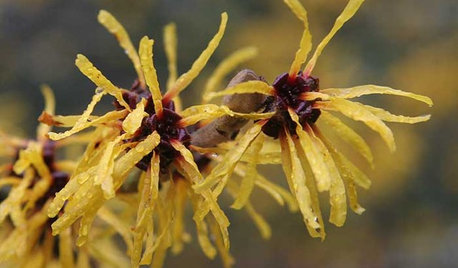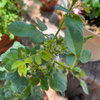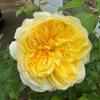Let's discuss mounding bare-root roses!
bart_2010
10 years ago
Featured Answer
Sort by:Oldest
Comments (8)
michaelg
10 years agolast modified: 9 years agoKippy
10 years agolast modified: 9 years agoRelated Professionals
Deer Park Landscape Architects & Landscape Designers · Taylorsville Landscape Architects & Landscape Designers · Milford Landscape Contractors · Eustis Landscape Contractors · Fair Lawn Landscape Contractors · Gallatin Landscape Contractors · Lehigh Acres Landscape Contractors · Lorain Landscape Contractors · Pahrump Landscape Contractors · Rio Linda Landscape Contractors · Wallingford Landscape Contractors · Wentzville Landscape Contractors · Weymouth Landscape Contractors · Camp Springs Landscape Contractors · Bensenville Landscape Contractorsseil zone 6b MI
10 years agolast modified: 9 years agoUser
10 years agolast modified: 9 years agobart_2010
10 years agolast modified: 9 years agoUser
10 years agolast modified: 9 years agobart_2010
10 years agolast modified: 9 years ago
Related Stories

GARDENING GUIDESThe Beauty of Bare-Root Plants
Plant dormant trees and shrubs in fall using the easy, affordable bare-root method and enjoy beautiful results in spring
Full Story
SAVING WATERHouzz Call: Are You Letting Go of Your Lawn?
Many facing a drought are swapping turf for less thirsty plantings. If you’re one of them, we’d like to hear about it
Full Story
ARCHITECTURERoots of Style: Do You Live in a Minimalist Traditional House?
Cottages, bungalows, farmhouses ... whatever you call them, houses in this style share several characteristics. See how many your house has
Full Story
BASEMENTSDesign Workshop: Is It Time to Let Basements Become Extinct?
Costly and often unnecessary, basements may become obsolete — if they aren’t already. Here are responses to every reason to keep them around
Full Story
WINTER GARDENINGPruning Secrets for Exquisite Roses
Encourage gorgeous blooms year after year with this time-tested advice on how to prune your rosebush in winter for health and shape
Full Story
GARDENING GUIDESWhat Kind of Roses Should You Grow?
Want to add the beauty of roses to your garden? Find out which ones, from old-fashioned to modern, are right for you
Full Story
GARDENING GUIDES6 Captivating Roses for an Alluringly Fragrant Garden
Perfume your garden with aromas from richly spicy to lightly sweet, without sacrificing an inch of color
Full Story
NORTHWEST GARDENINGPacific Northwest Gardener's February Checklist
Let witch hazel cast its spell, shut off your mason bees' snooze button and hit up the nursery for seeds and roses
Full Story
GARDENING GUIDESSouthwest Gardener's April Checklist
Welcome the return of roses and herbs, and consider a new use for vines as you rejoice in your newly green spring garden
Full Story
KITCHEN DESIGNKitchen of the Week: Creativity Shines in Seattle
Clever floor stencils and reused materials keep this Seattle kitchen true to its 1917 roots
Full StoryMore Discussions









michaelg